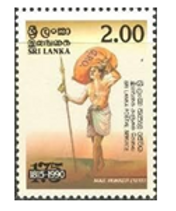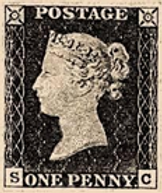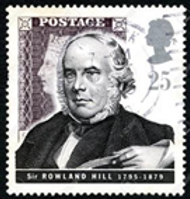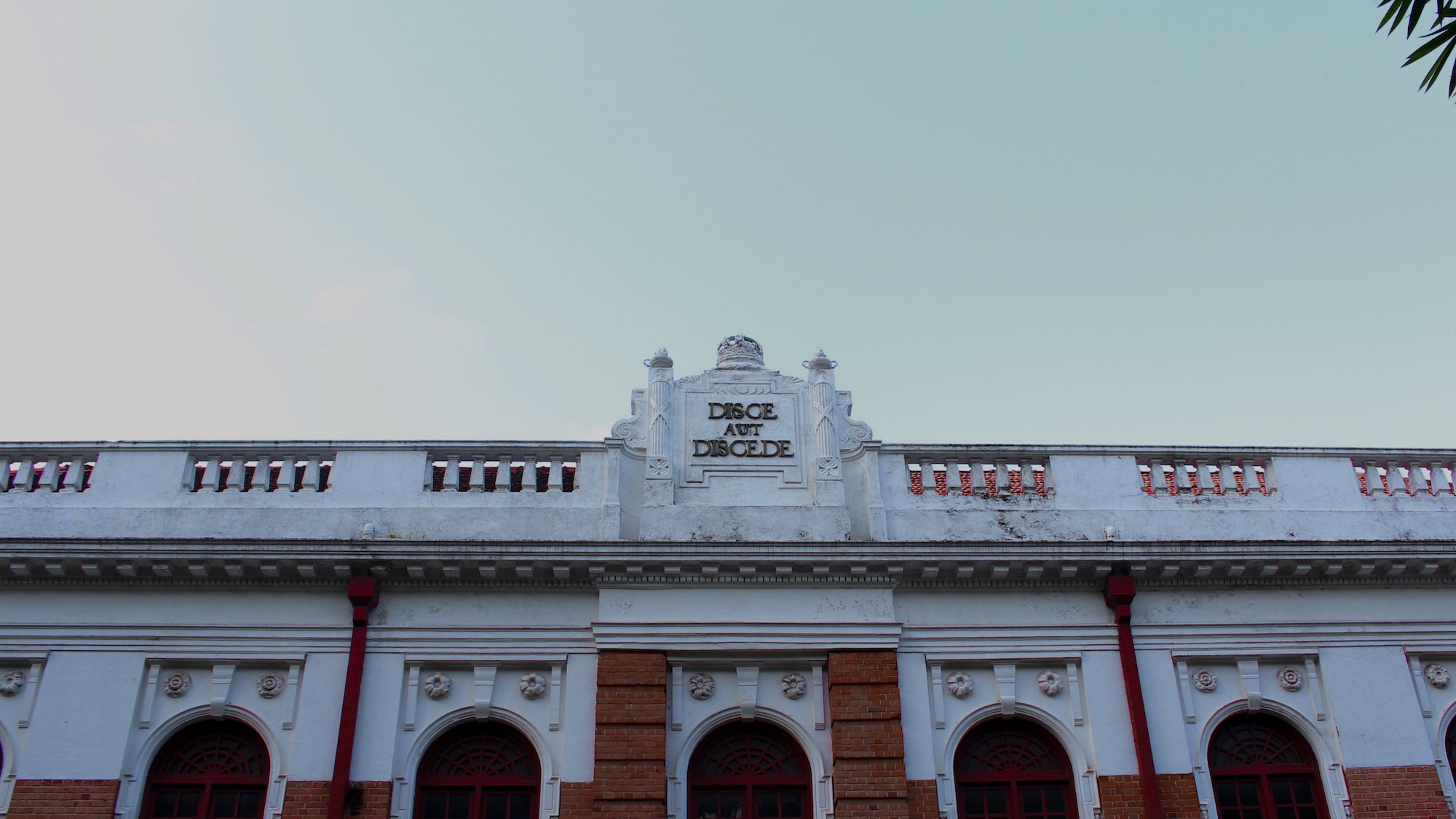Origin of Ceylon Post and World Postage Stamps
The British stabilized their occupation of Ceylon (as Sri Lanka was then called) when they seized the Kandyan Kingdom in 1815. Since 1802, Ceylon was administered as a Crown Colony in the British Empire with a Governor at the helm. The year 1815 saw the establishment of the Postal Department and the opening of the first few post offices in Ceylon. These were established in Colombo, Galle, Matara, Mannar, Trincomalee and Jaffna. An Englishman, E Bletterman was the first Postmaster-General.

Postal runners were used at the time to carry the mail. It was a family sight to see the postal runner holding on to the mail bag in one hand a carrying a spear in the other for his protection. The spear had a be attached to it. With transport facilities virtually nonexistent, this form taking mail from one point to the other continued for quite some time.

Ceylon took the lead among Asian countries in using horse drawn carriages to transport mail. This service was inaugurated in 183 between Colombo and Kandy. The prospectus of the Mail Coach Company published in the Government Gazette started that the original proposal was to have two four-wheeled carriages running daily from Colombo to Kandy leaving at 4 a.m. The outward journey was to be accomplished in 14 hours and the homeward run t Colombo in 12. Shares of the company were issued at £ 50 /- each and these were soon sold out. The fare was £ 2.10 a seat and the coach carried all the mail from post offices along the route. The coach started from Rest House (also known as Royal Hotel) at Prince Street in the Fort.
On 24 September 1850 a pigeon service was started by the Observer newspaper from Galle to Colombo. This service enabled them to print and distribute a special edition with the latest news. Before the use of stamps as we know them today, hands truck postage stamp denoting the prepayment charges on letters had exited from around the 17th Century. In Ceylon these franks were first issued in 1809 and these have been used in 28 post offices.
Great Britain became the first country in the world to introduce adhesive postage stamps when the Penny Black was issued on 1 May 1840.

Sir Rowland Hill is generally regarded as the founder of the postage stamp system. He had begun to advocate postal reforms in Britain in the 1830s. Initially he suggested the uniform rate of 4d an ounce for any article of mail irrespective of the distance carried. This was accepted and the Uniform Four-penny postages was introduced on 5 December 1839. On 9 January 1840 the minimum rate was reduced to one penny.

A competition organized by the Treasury to find designs for the proposed postage stamp attracted 2600 suggestions but only 49 related to adhesive stamps. None of these, however, were acceptable and ultimately Rowland Hill’s own suggestions was developed into the finished design. He suggested that a profile of Queen Victoria, the Reigning monarch was the most suitable.



 Prefects
Prefects